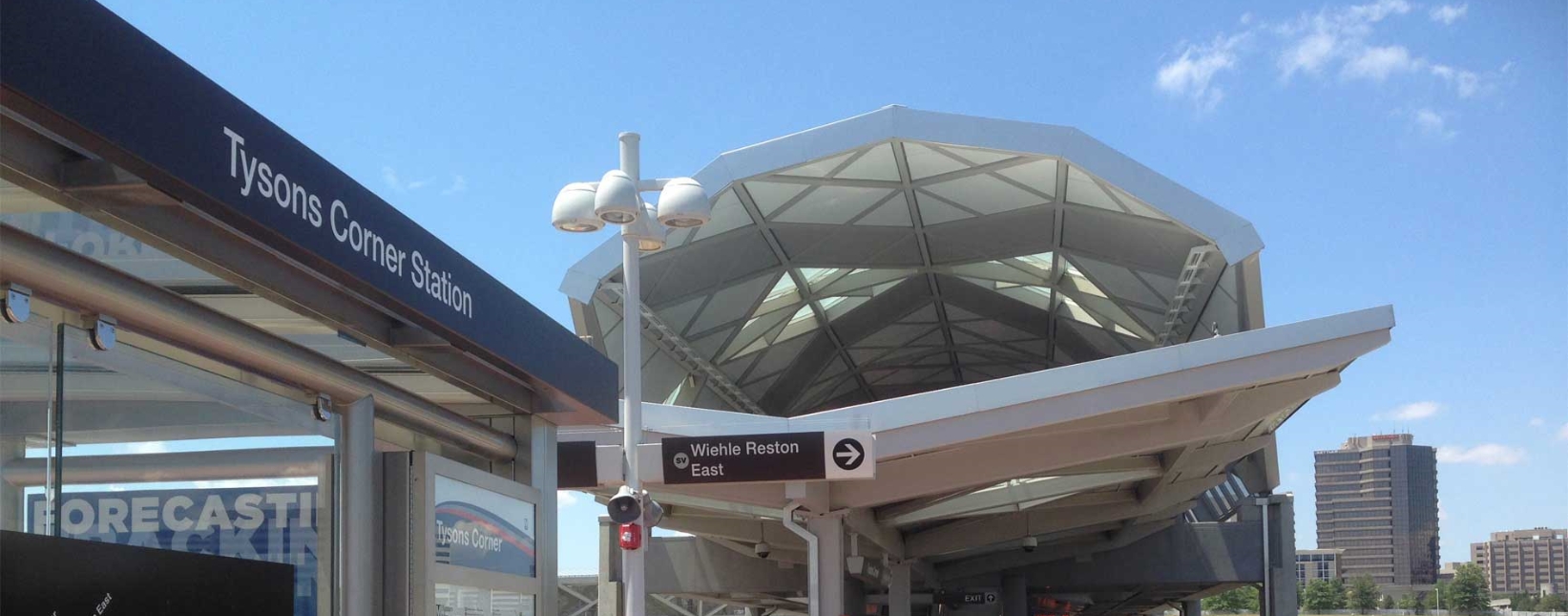Connolly Reintroduces Legislation to Increase Transparency at the Supreme CourtThe Cameras in the Courtroom Act would require open proceedings before the Court to be televised
Washington,
March 26, 2025
Today, Congressman Gerry Connolly (D-VA), Ranking Member of the Committee on Oversight and Government Reform, reintroduced the Cameras in the Courtroom Act, legislation to ensure transparency and accountability in the judicial branch by televising open proceedings before the United States Supreme Court. Connolly originally introduced the Cameras in the Courtroom Act in the 112th Congress and has reintroduced it in nearly every Congress since. Bipartisan companion legislation has been introduced in the Senate by Senators Dick Durbin (D-IL) and Chuck Grassley (R-IA).
“Our nation’s highest court is in desperate need of transparency and reform,” said Connolly. “The Supreme Court is not some mystical priesthood that can operate outside of the public view. It is a coequal branch of government and must be accountable to the American public. Our legislation strengthens efforts to restore trust in an institution that for too long has operated in the dark. It’s time for cameras in the courtroom.” “It’s time to put cameras in the Supreme Court so Americans can finally see arguments and decisions in cases that will affect them for generations to come. This bipartisan bill shines a light into the judicial branch of government so more than just a few hundred lucky Americans can watch proceedings in the Court’s historic halls,” Durbin said. “The judicial branch has a massive impact on our daily lives and the lives of generations to come, yet few Americans get the chance to see our nation’s courts in action,” Grassley said. “Allowing cameras access to the federal and Supreme Courts would boost transparency and help Americans grow in confidence and understanding of the judiciary.” The Supreme Court currently allocates roughly 50 seats for the general public to witness cases. This significantly limits the public and the media to one-dimensional and sometimes distorted views of the Justices’ actions. State and federal courts, including all 50 state supreme courts, already allow recording equipment of various degrees. Text of the legislation is available here. |

Press Releases
SUBSCRIBE
SUBSCRIBE
Sign up to get news and updates from Rep. Gerry Connolly directly to your inbox.


